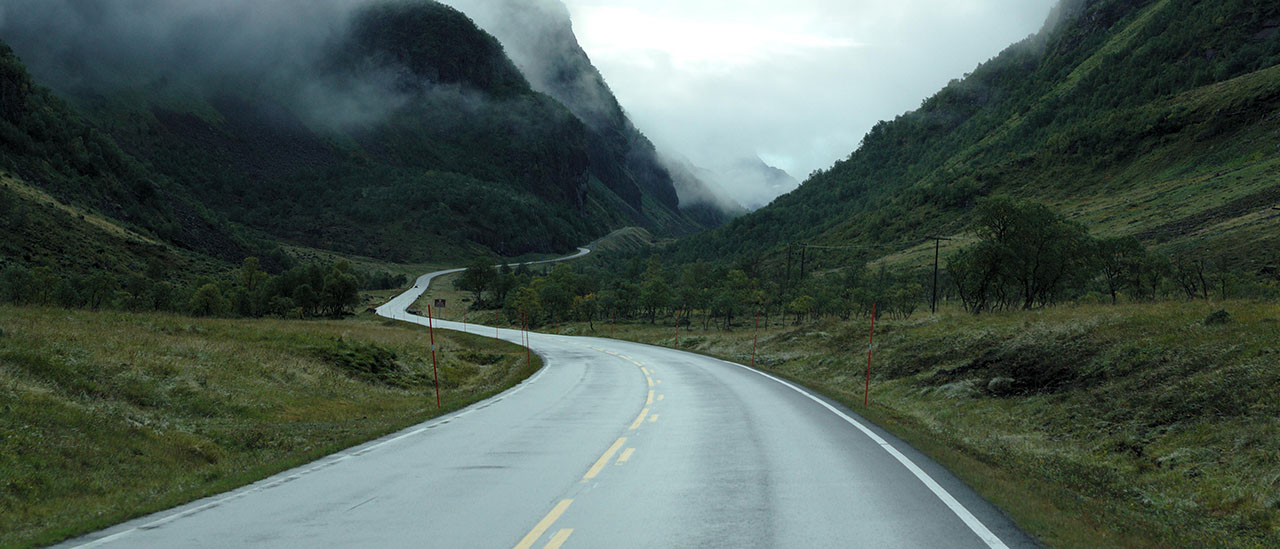Wipers and Lightning benchmarks under rain and fog, for VALEO, using VisiNex (January 9, 2012)
Wipers and Lightning benchmarks under rain and fog, for VALEO, using VisiNex™.


Wipers and Lightning benchmarks under rain and fog, for VALEO, using VisiNex™.

Visibility measurement, for CETE Lyon (Lab Clermont Ferrand), using VisiNex™, and comparison with the subjective marks of a sensorial analysis human panel.


Hydrophobic winshields benchamrk under rain, for SAINT GOBAIN , using VisiNex™.

New release of VisiNex available (visibility measurement using a camera), allowing to draw a visibility map (visibility in every part of the A zone of the windshield, for instance) among time. Application of this new version of VisiNex at the French laboratory UTAC, for Saint Gobain: efficiency test and benchmark of new windshield defogging and defrosting systems.



NEXYAD got a new contract from the automotive division of the firm SAINT GOBAIN to measure the windshield defogging and defrost system efficiency using VisiNex™
NEXYAD developed a new release of their VisiNex™ product (visibility measurement using a camera) : new version can give local visibility scores and their distribution on the whole windshield of a car (applications are wipers efficiency enhancement and misting system efficiency measurement and enhancement for car industry).
NEXYAD demonstrated a result of the research program MERIT at the members day of the Competitive Cluster Mov’eo :
onboard road recognition, visibility measurement, obstacle detection, and road safety level estimation … implanted into a 3G mobile phone (Android OS)
NEXYAD published with AXIMUM, at PRAC 2010 about visibility measurement using VisiNex :
« visibilité de la signalization horizontale : evaluation des performances avec une méthode innovante »
Work meeting of the research project SURVIE:
Definition of standard rules of measurement with the NEXYAD product VisiNex™ for road safety applications.
partners: LCPC, LRPC , VALEO, SAINT GOBAIN, CETE Lyon, OKTAL, AXIMUM
Measuring the visibility of a scene for a human being needs to have a mathematical model of the human vision system.
Actually, human vision requires some compromise between measurable characteristics of image quality such as contrast, depth, and object size, so as to detect, recognize, and identify the content of collected images.
When this compromise is not met, the vision becomes very difficult, tedious or even impossible.
It is obvious that the noise in the image (electronic snow of a sensor, for example), or poor contrast (due to the presence of aerosols, fog, rain, humidity, …) may considerably lower the performance of our vision system.
We can therefore say that this « images quality » is a key point of our performance.
But we do not need the same quality to detect all types of objects. For example, we will detect a gray cloud on a gray background, even shapeless, with extremely low contrast if the luminance depth (number of bits for a digital image) is high. On the opposite, on a dark sky, we can detect a star whose contrast is extremely strong, but whose size is at the limit of our eye angular accuracy. In such a case we just need 2 luminance levels (binary images are OK).
Human vision mathematical models were originally developed by the U.S. Department of Defense who wanted to model the impact of camouflage on the probability of detection (of an infantryman, a tank, …), recognition, and identification by a watchman.
“Detection” means « I see something ».
“Recognition” means « I see a car. »
“Identification means « I see a 3 serie BMW »
Of course, it is obvious that the level of detail needed to perform these three operations is not the same.
Measurable criteria in the picture (example: Johnson criteria) could be determined after testing a variety of situations by panels of hundreds of soldiers.
Based on these criteria, it is possible to construct a mathematical model for measuring perceived quality of images. This model is predictive of the ability to detect or to understand the image content.
NEXYAD has developed such a mathematical model of human vision and applied it, among other things, to test the effectiveness of windshields wiping systems of vehicles (product : VisiNex ™) : the rain that collects on the windshield breeze down the performance of visual detection of the driver. Each pass of the wiper can restore some lost visibility.
NEXYAD is currently applying this same maths model in the context of the extent of visibility of road markings (white lines, …), depending on the weather (day / night, rain, …).
The number and scope of potential applications of such a human vision mathematical modelling system are extremely broad.
Kick off of the research project SURVIE:
Definition of standard rules of measurement with the NEXYAD product VisiNex™ for road safety applications.
partners: LCPC, LRPC , VALEO, SAINT GOBAIN, CETE Lyon, OKTAL, AXIMUM
NEXYAD worked with the company Prosign on visibility measurement during driving.
Context is the French collaborative research program SARI, project VIZIR, final report.
Link: http://sari.ifsttar.fr/livrables/vizir/VIZIR_1.2.1.pdf
NEXYAD work on visibility measurement is quoted in the PhD thesis of Nicolas Hautière.
Link: http://tel.archives-ouvertes.fr/docs/00/06/87/43/PDF/These_NH_FinalVersion.pdf